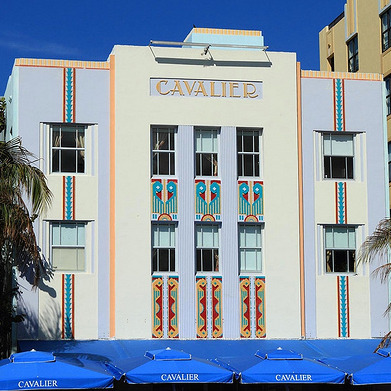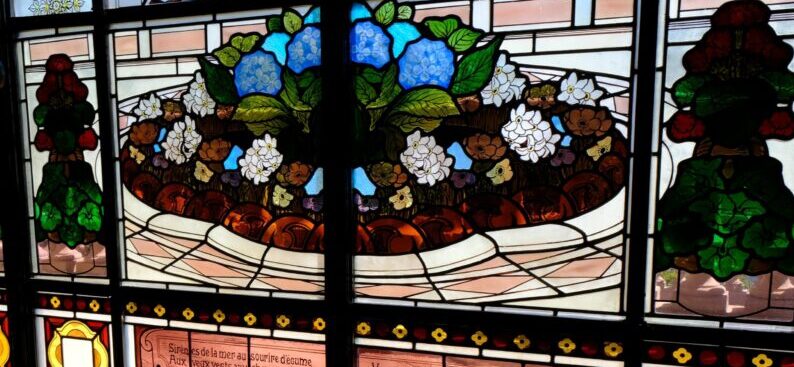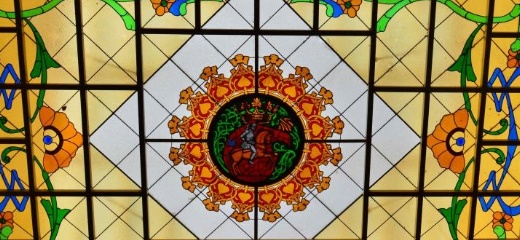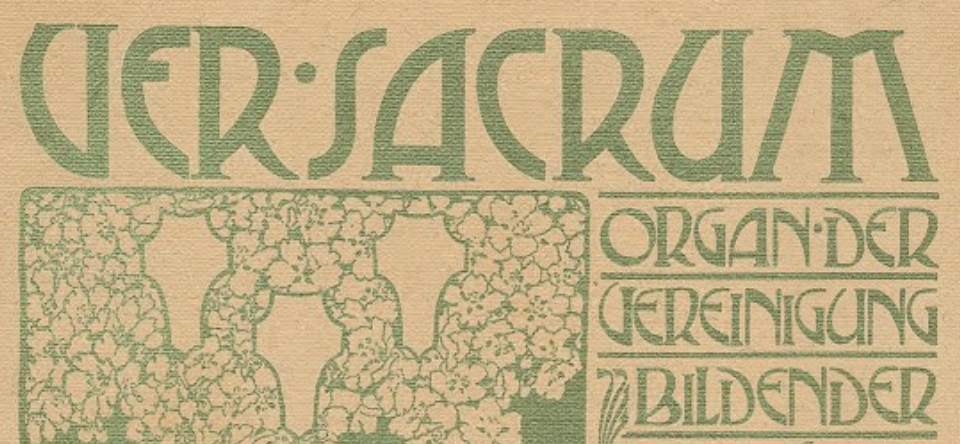Art Deco, an iconic design style that flourished from the 1920s to the 1940s, remains a symbol of luxury, modernity, and artistic innovation. Its influence spans architecture, interior design, fashion, art, and jewelry, leaving an indelible mark on global culture. Emerging in France after World War I, Art Deco reflected the era’s optimism and fascination with technological progress. The 1925 Exposition Internationale des Arts Décoratifs et Industriels Modernes in Paris officially introduced the style, sparking international acclaim.
Art Deco evolved as a culmination of the cultural, industrial, and social influences of a unique time in world history. With America’s growth as a global economic power after WWI, increasing industrialization, and a growing middle class, New York became a brash, modern metropolis on the world stage. The style typically was referred to as the modernistic or vertical style during its heyday in the ‘20s and ‘30s. Interestingly, it wasn’t actually called “Art Deco” until much later. The term was coined in 1966 during a Paris expo that looked back at the influential design of the 1920s during the International Exposition of Modern Industrial and Decorative Arts of 1925. That long expo title then became shortened to “Art Deco,” or sometimes “Deco.”
While Art Deco is found everywhere on every continent, New York City’s skyscrapers were at the forefront of the movement. A small number of architects, who all knew each other, designed the iconic New York City buildings of the time from about 1923 to 1932, with each adding his own interpretation of the style. Sadly, the Great Depression put an end to the building of these exuberant skyscrapers, with the last one opening in 1932. But, by then, Art Deco had made its mark. During the ‘30s and ‘40s, apartment buildings, hotels, department stores, movie palaces, banks, restaurants, and even filling stations and parking garages—many of which remain and have been restored and repurposed today—were built in the distinctive Art Deco style.
Art Deco buildings exhibit distinctive design principles. They often display a sense of verticality, with uninterrupted bays of windows stacked in vertical rows, emphasizing height and grandeur. Buildings were frequently designed to be viewed from all sides, resembling abstract sculptures rising toward the sky. Facades incorporated diverse materials like rust-proof metals, terra-cotta, and polished stone, creating shimmering surfaces that reflected both light and modern sophistication. Architects applied intricate decorative motifs such as zigzags, lightning bolts, sunbursts, and stylized florals, blending geometric precision with imaginative ornamentation.
The inspiration behind Art Deco’s ornamentation came from a range of sources, including ancient cultures such as Egyptian, Mesopotamian, Aztec, and Mayan civilizations. Designers skillfully reinterpreted these historical symbols through a modern lens, creating patterns that felt both timeless and futuristic. Corporate buildings often incorporated industrial imagery into their facades, essentially transforming the buildings into monumental advertisements for their owners’ businesses.
Art Deco interiors were equally opulent, featuring elaborate decorative schemes with polished surfaces, luxurious textiles, and dazzling lighting fixtures. Metallic finishes, mirrored walls, and lacquered surfaces added layers of reflective brilliance. This attention to detail extended into furniture design, where richly upholstered pieces with sleek profiles complemented the surrounding architectural elements.
The fashion world also embraced Art Deco with unparalleled enthusiasm. Flapper dresses adorned with shimmering beads, sequins, and fringe epitomized the era’s sense of liberation and glamour. Designers utilized sharp lines and geometric forms reminiscent of Art Deco architecture. Jewelry designers crafted bold, symmetrical creations, setting precious gems in striking arrangements inspired by the movement’s geometric and exotic motifs.
Art Deco extended its influence into the visual arts, with painters like Tamara de Lempicka capturing its elegance and modernity in works characterized by sharp lines, sensuous forms, and a sense of dynamic motion. Sculptors produced streamlined figures exuding strength and grace, reflecting the era’s fascination with speed, progress, and technological advancement.
Despite the passage of decades, Art Deco continues to inspire contemporary design. Its enduring appeal can be seen in modern fashion collections, luxurious interior décor, and even the visual aesthetics of popular films. Its unique blend of historical influences, geometric precision, and opulent materials ensures that Art Deco remains a timeless and celebrated style.
Art Deco is far more than just a historical design trend. It represents a cultural phenomenon born from a transformative era of global progress and artistic exploration. Its enduring presence in modern design underscores its remarkable ability to harmonize form, function, and fantasy, leaving a lasting legacy that continues to captivate and inspire creators and admirers around the world.





Art Nouveau and Art Deco differ significantly in terms of the periods they emerged and thrived. Art Nouveau came first, flourishing from the late 19th century to the early 20th century, roughly from the 1890s to 1910s. This style emerged as a response to industrial mass production, emphasizing handcrafted, organic designs inspired by nature. In contrast, Art Deco followed in the aftermath of World War I, gaining prominence in the 1920s and reaching its peak in the 1930s. While Art Nouveau reflected the romantic idealism of pre-war Europe, Art Deco celebrated technological progress, modernity, and the machine age with its bold, geometric aesthetics. This temporal shift highlights how design responded to societal changes, moving from the naturalistic elegance of Art Nouveau to the streamlined modernity of Art Deco.
Although global in reach, Art Nouveau was a fleeting movement whose brief brilliance paved the way for modernism, which prioritized function over form and stripped away unnecessary ornamentation. While it emerged as a response to historical revivalism, it amplified Victorian opulence to a striking fin-de-siècle climax. Its lasting impact can be seen in Art Deco furniture, where sleek surfaces are enhanced with exotic wood veneers and intricate inlays. The bold, sinuous graphics of Art Nouveau found renewed popularity in the dynamic social and political landscape of the 1960s, embraced by a new generation pushing against traditional aesthetics and norms.
Differences between Art Nouveau and Art Deco – test your skills HERE.






